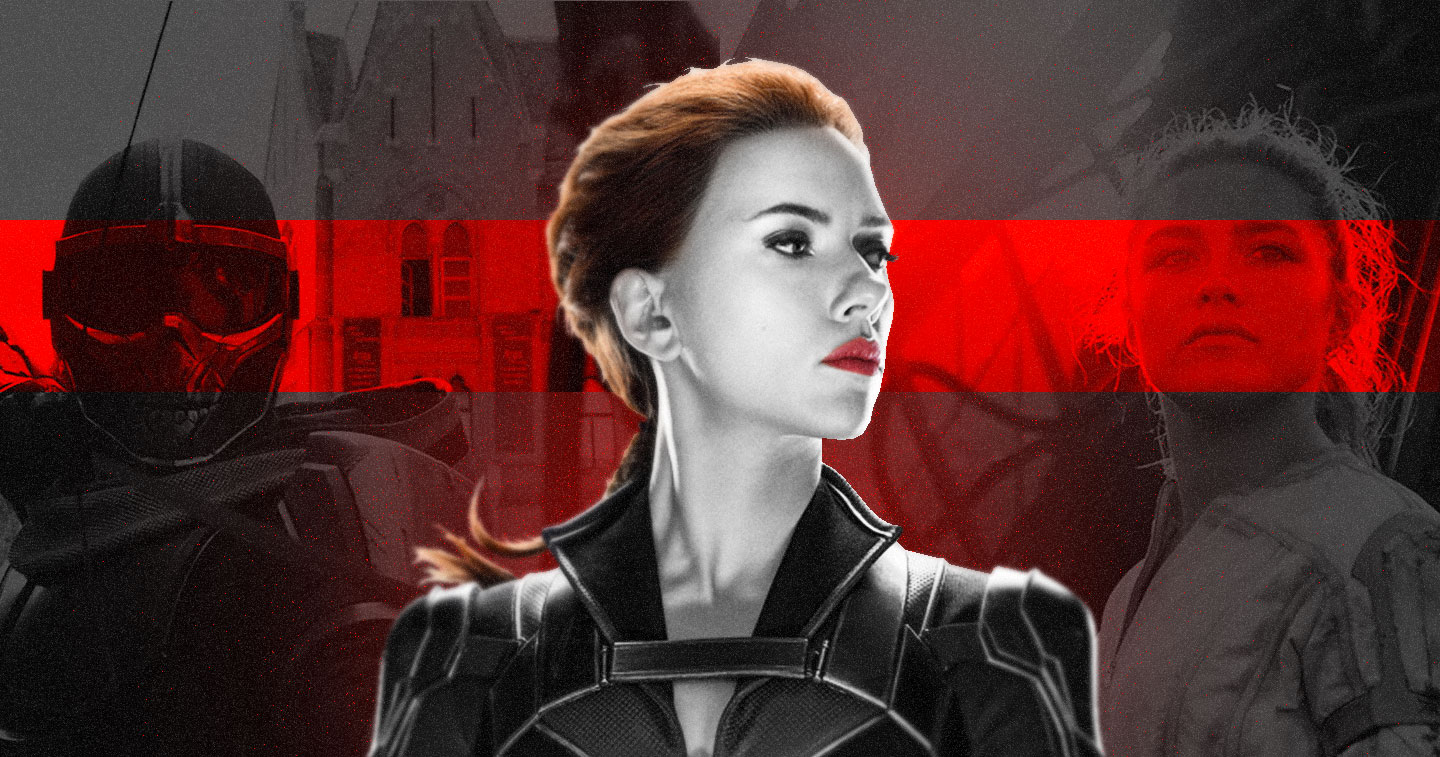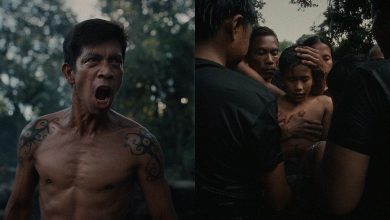MANILA, PHILIPPINES — When Natasha Romanoff was introduced as the Black Widow in 2010’s Iron Man 2, she became the first superheroine in the Marvel Cinematic Universe. The character brought to life by Scarlett Johansson was given this honor above others from Marvel Comics and she became an essential part of the success of these films, culminating in 2019’s Avengers: Endgame. While that happened, though, Natasha was not given her own film, with Brie Larson given that honor in 2019’s Captain Marvel. Now in 2021, one year after it was scheduled for release, the spotlight finally falls on Black Widow.
Beginning with a flashback scene in 1995, a family of four is on the run in Ohio. The parents, Alexei (David Harbour) and Melina (Rachel Weisz) are actually undercover Russian spies and have been posing as typical Americans to steal S.H.I.E.L.D. intel with two little girls acting as their daughters. Escaping to Cuba, General Dreykov (Ray Winstone) then has the girls sent to the infamous Red Room for training.
Twenty-one years later, the older girl Natasha (Johansson) has become an Avenger and escapes Gen. Thaddeus Ross (William Hurt) for violation of the Sokovia Accords. She heads to a safehouse in Norway and is sent a message by her “sister” Yelena Belova (Florence Pugh) to meet in Budapest, Hungary to free other alumnae of the Red Room. After being attacked by the mysterious Taskmaster, Romanoff and Belova meet, but it’s hardly a warm family reunion.
Belova informs Romanoff that a synthetic gas can neutralize the mind control agent that keeps other Widows like them subservient to Dreykov but they need to break their “father” out of prison to learn where Dreykov is. Alexei was actually the Russian super-soldier, the Red Guardian, but has been shelved by their government. Upon freeing Alexei, he tells the girls that their mother was also a Black Widow and she developed the mind control process used on the Widows.
Heading to Melina’s farm outside Saint Petersburg, the one-time family face each other for the first time in 20 years and their issues need to be worked out if they’re going to face Dreykov and free the hundreds of other Widows under his control.
Let’s get this out of the way, the Black Widow was created in the 1960s by Stan Lee, Don Rico, and Don Heck as a product of the Cold War. The idea of a beautiful but deadly Russian superspy sent to seduce and kill Americans made her timely yet also appealing as a villain back then, but Natasha proved to be so popular that she eventually became one of “the good guys.” Finally brought to live-action by Johansson, it took some time, even death, but Natasha was finally given her own solo movie and it’s different from other Marvel films before it.
Not only is this a spy film filled with action and a lot of stunts and explosions,it is also the story of a highly dysfunctional family that was forced together by their government for less than altruistic reasons. That dysfunction is played up by Harbour’s loud, brash, and disgraced Alexei who still dreams of battling Captain America even though he’s washed up and didn’t really want to be a dad in the first place.
By partnering with the scientist Melina and giving them two young daughters, they looked like the typical American family of the 90s and to the girls who barely knew their own parents, it was very real. The subsequent experiments, training, and indoctrination that Natasha and Yelena went through scarred them for life, and even though they denied it, left them yearning for their time as a family in Ohio because it was more idyllic than what happened to them.
The interaction between Johansson, Pugh, Harbour, and Weisz is the very heart of Black Widow and what ultimately separates this from other Marvel movies. The vulnerability that Johansson and Pugh convey under their tough exterior provides a stark contrast to their non-stop bickering and needling of one another, just like siblings do. Winstone has been typecast as a villain for years and his Dreykov is largely forgettable, but the revelation of who was under the Taskmaster armor left me disappointed. As a fan of the comic source material, that move did not ring true.
Black Widow was supposed to be the next chapter of Marvel’s “Phase Four” of cinematic releases and follow Spider-Man: No Way Home in 2020 while preceding the subsequent TV releases of WandaVision, The Falcon and the Winter Soldier, and Loki. It’s important to understand the previous chronology of releases to further understand the end credits scene of Black Widow.
Everyone knows by now that Natasha perished in Avengers: Endgame so it was a challenge to director Cate Shortland and the screenplay by Eric Pearson to craft a story that still shows the Black Widow performing at her peak while acknowledging that fact. The film’s climax and the end credits scene do give the audience some form of closure with her while opening the door to the next step for the Marvel films.
Other related articles:









